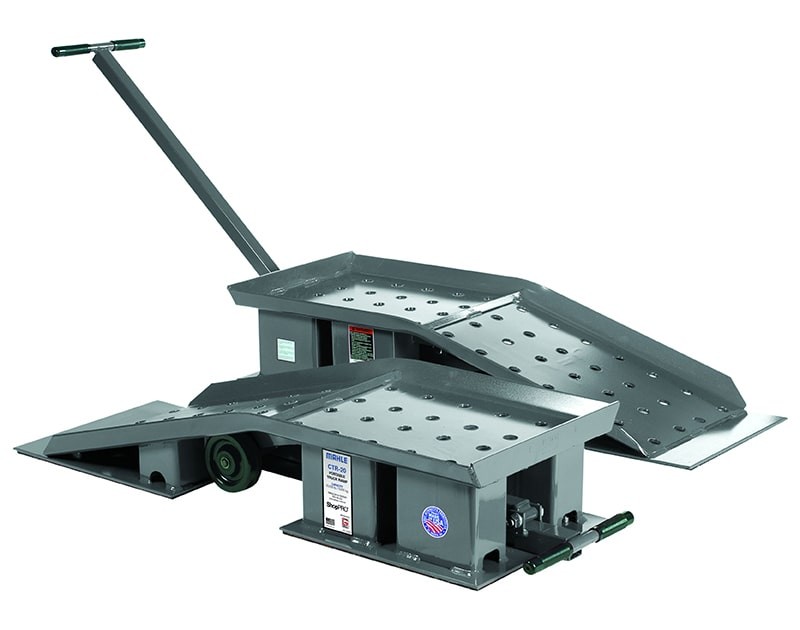Top Wheelchair And Accessibility Ramps for Effortless Mobility
Explore a variety of wheelchair and accessibility ramps designed for safe and easy access. From portable to permanent solutions, find the ideal ramp for homes, vehicles, and public spaces to enhance mobility and independence.
Your Complete Guide to Wheelchair and Accessibility Ramps
Introduction
Accessibility is crucial for ensuring that everyone can navigate their environment safely and independently. Wheelchair and Accessibility ramps play a vital role in providing easy access to homes, vehicles, and public spaces. This guide will explore various types of wheelchair ramps, their benefits, and essential features to consider when selecting the right ramp for your needs.
1. Understanding Wheelchair Ramps
Wheelchair ramps are inclined surfaces designed to facilitate the movement of individuals using wheelchairs or mobility devices. These ramps can be installed in various locations, including homes, commercial buildings, and public spaces, to create accessible pathways.
Types of Wheelchair Ramps:
- Permanent Ramps: Typically constructed from concrete or wood, these ramps provide a sturdy, long-lasting solution for accessibility.
- Portable Wheelchair Ramps: Ideal for temporary access needs, portable ramps can be easily transported and set up where needed.

2. Key Features of Wheelchair Ramps
When choosing a wheelchair ramp, several factors are essential for ensuring safety and functionality:
a. Ramp Slope
The ADA ramp slope guidelines recommend a 1:12 ratio for wheelchairs, meaning for every inch of vertical rise, there should be at least 12 inches of ramp run. Adhering to this guideline ensures that the ramp is not too steep, making it easier and safer to navigate.
b. Materials
Aluminum wheelchair ramps are popular due to their lightweight yet durable nature. They are rust-resistant and easy to maintain, making them suitable for both indoor and outdoor use. Other materials, like wood and rubber, may also be used depending on the specific needs and environment.
c. Weight Capacity
Always check the weight capacity of the ramp to ensure it can safely support the individual and any mobility devices. Most ramps have a weight limit specified by the manufacturer, and it’s crucial to adhere to these guidelines.
3. Types of Ramps for Wheelchairs
Here’s a closer look at the various types of ramps available for wheelchair users:
a. Portable Wheelchair Ramps
Portable wheelchair ramps are lightweight and can be easily moved to different locations. They are perfect for individuals who need a ramp for temporary access, such as visiting friends or attending events. These ramps often come in folding designs for easy storage and transport.
b. Handicap Wheelchair Ramps
These ramps are specifically designed to accommodate individuals with disabilities, ensuring smooth access to buildings and vehicles. They may feature non-slip surfaces and higher weight capacities to enhance safety.
c. Threshold Ramps
Threshold ramps are short ramps used to bridge the gap between doorways and floors. They provide a smooth transition and are especially helpful for individuals using wheelchairs, scooters, or walkers, preventing tripping hazards.
d. Curb Ramps
Curb ramps are designed to allow wheelchair users to easily transition from sidewalks to streets. These ramps are usually installed at intersections and other curbed areas to improve accessibility.
4. Installation and Safety Tips
When installing a wheelchair ramp, follow these safety tips to ensure proper use:
- Placement: Ensure that the ramp is placed in an area that is clear of obstacles and provides enough space for turning if needed.
- Surface Material: Choose ramps with non-slip surfaces to prevent accidents, especially in wet conditions.
- Secure Installation: For permanent ramps, ensure they are securely anchored to prevent movement or shifting.
- Regular Maintenance: Periodically check the ramp for any signs of wear or damage, especially after extreme weather conditions.
5. Advantages of Using Wheelchair Ramps
- Enhanced Mobility: Wheelchair ramps provide greater access to various areas, allowing users to navigate independently.
- Improved Safety: Ramps reduce the risk of falls compared to stairs, providing a safer option for wheelchair users.
- Increased Independence: With ramps, individuals can enter and exit buildings or vehicles without assistance, promoting independence.
6. Additional Considerations
When selecting a ramp, consider factors such as:
- ADA Compliance: Ensure the ramp meets ADA standards for slope and dimensions to provide safe access for all users.
- Custom Options: For unique needs, custom ramps can be designed to fit specific locations or vehicles.
Conclusion
Wheelchair and accessibility ramps are essential tools that significantly enhance accessibility and mobility for individuals with disabilities. Whether you opt for a portable wheelchair ramp, aluminum wheelchair ramp, or a curb ramp, it’s crucial to choose the right type that meets safety standards and personal needs. By understanding the various types of ramps and their features, you can make an informed decision that ensures safe and easy access for everyone.
With the right ramp, you can ensure that all individuals can enjoy independence and safety in their daily activities.




